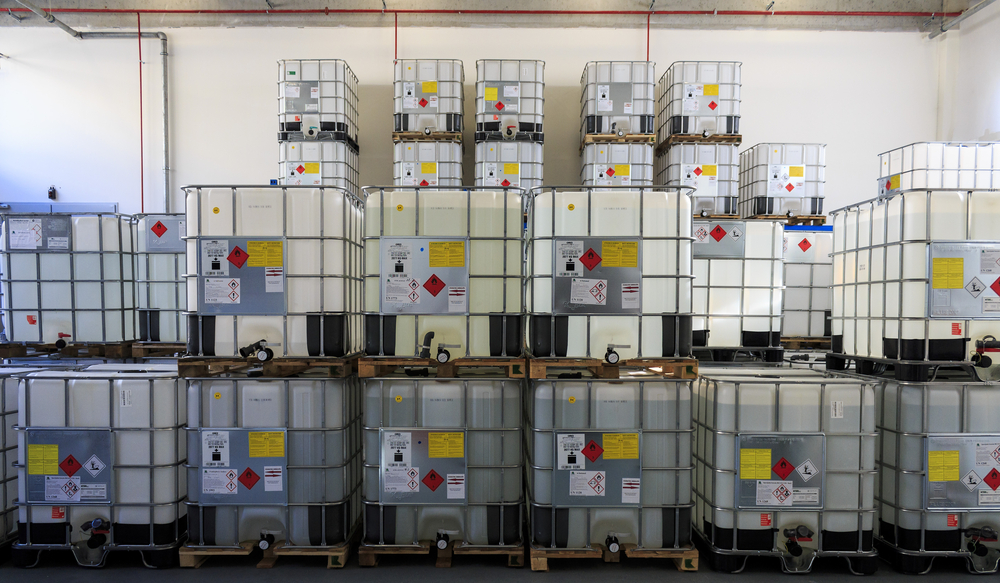
With the creation of the Dangerous Goods AutoCheck system, the International Air Transport Association (IATA) hopes to bring a digital solution to checking the compliance of potentially dangerous goods traveling by air.
According to Nick Careen, senior vice president of airport, passenger, cargo, and security at IATA, airports see more than 1.25 million goods that can be considered dangerous annually, and those numbers are expected to grow with the forecasted growth of air cargo in general. As such, a digital means of checking the compliance of goods designated under Shipper’s Declaration for Dangerous Goods (DGD) could go a long way to maintaining the cargo supply chain.
“To ensure that air cargo is ready to benefit from this growth the industry needs to adopt modern and harmonized standards that facilitate safe, secure and efficient operations, particularly in relation to carriage of dangerous goods. DG AutoCheck is a significant step towards achieving this goal,” Careen said.
The digital checks inherent in the system will run against more than 3,000 entries in IATA’s system on dangerous goods, and every item must comply with each to ship. The tool allows direct receipt of electronic consignment data and automatically processes data, providing a pictorial representation of the package with the marking and labeling required for air transport.
Given that, in the past, inspectors would have to face the probability of going through a 1,100-page list of checks on their own, it could significantly speed up capabilities.
“Manually checking that each Shipper’s Declaration is compliant and the package(s) are correctly marked, labeled, and packaged is a complex and time-consuming task,” David Brennan, assistant director of Cargo Safety and Standards for IATA, said.” Automation with DG AutoCheck brings us a giant step forward. The cargo supply chain will benefit from greater efficiency, streamlined processes and enhanced safety.”